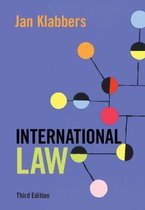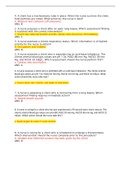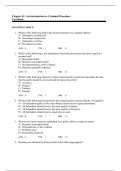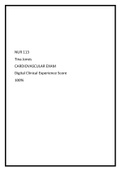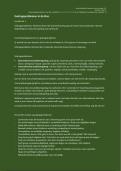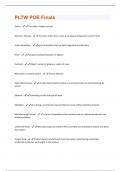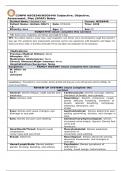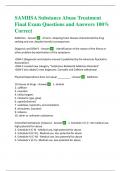Summary
PUBLIC INTERNATIONAL LAW SUMMARY (GRADE: 9) WEEK 3 HUMAN RIGHTS ALL IN A NUTSHELL
- Course
- Institution
- Book
All material for week 3 of Public International Law. All literature, e-lessons, judgments and webcasts/lectures are summarized. The length of the summary is because all webcasts are fully typed out and so are all e-lessons! *Public international law consisted of a lot of stuff! Week 1 includes the ...
[Show more]

